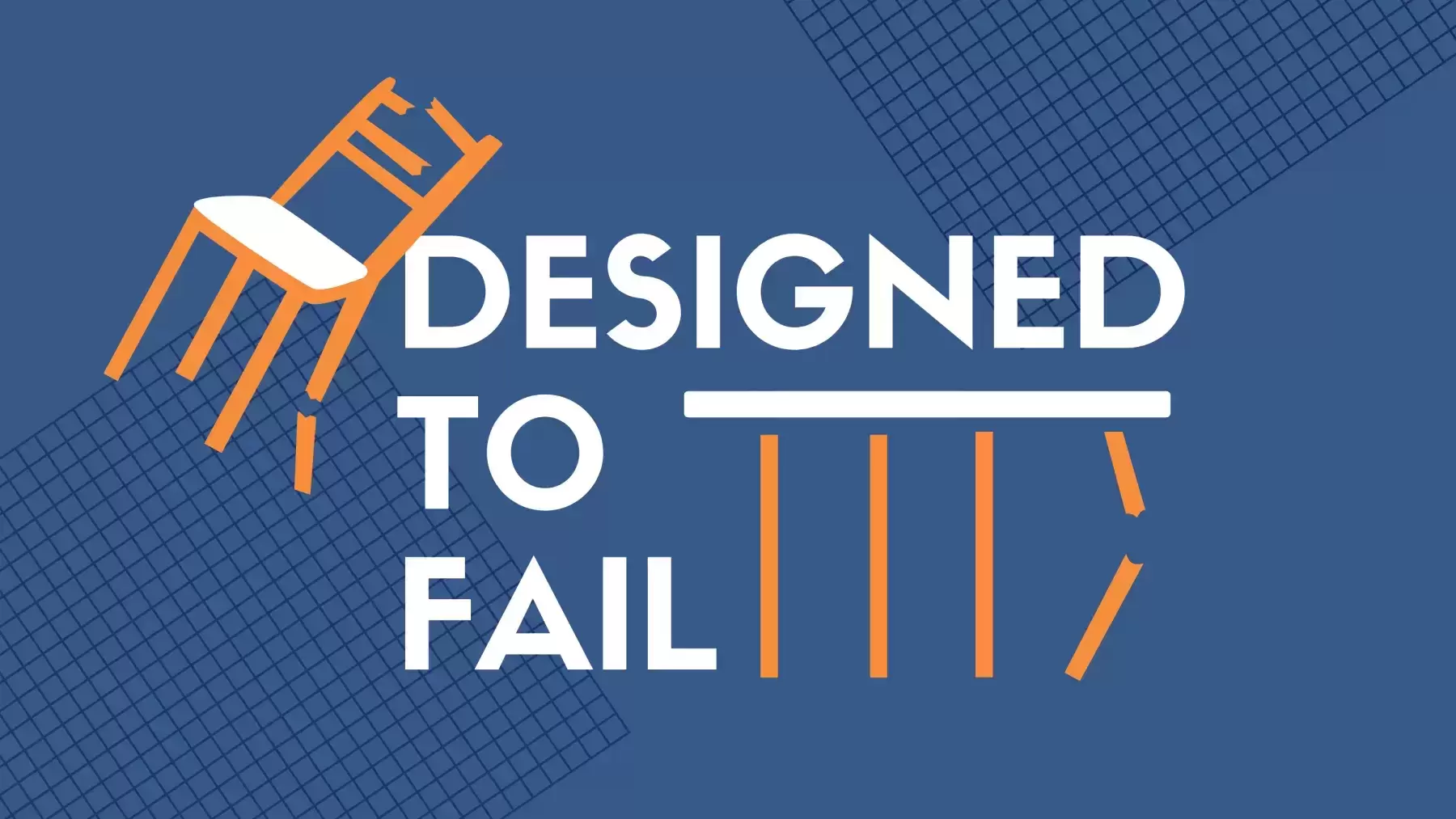
Those of us working in health care policy are well aware of so-called “phantom” providers. But to those on the outside seeking mental health treatment, seeing long lists of providers is heartening until call after call produces disconnected lines or providers not accepting new patients. A recent study in Health Affairs of the Oregon Medicaid program found that 67.4% (more than 2/3) of mental health prescribers and 59% of other mental health professionals listed in the directories were phantoms. These providers had not submitted claims and billed for more than five unique individuals over a one-year period. The state of Oregon was paying for a behavioral health network that was mostly unavailable to people who needed care. And people who desperately needed mental health services – those suffering from acute symptoms that made them depressed or anxious – were contacting providers only to be told the provider was not able to help them.
Friends, family members, and those from our school and church communities know that I work for a mental health organization and often reach out for help finding a psychiatrist or therapist. After they describe what is going on, the first question I ask is if they need to use their health insurance to cover the services. Think about that. They have a health care condition, and they pay for a health insurance plan that covers treatment for that health condition, yet the first question is whether they need to rely on that plan. I ask that question because health insurance coverage is so often useless, especially if there is an urgent need for care. And most people don’t call me until they are in dire need of help.
Recently, I tried to help a young woman navigate her insurance to get psychiatric care because her mental health condition had worsened during the COVID-19 pandemic, and she wanted to try medication. When she called psychiatrists in her insurance directory, some said they did not take her insurance. Some never called her back. Several were not taking new patients. Another said he was not sure if he took her insurance, but she should attend the first appointment and then they would figure it out – asking her to take the risk that the appointment might cost her either several hundred dollars or a $25 co-pay. Finally, someone at work mentioned a digital/telehealth option that we didn’t know existed, and she was able to get care.
Contrast this odyssey with my recent purchase of COVID masks on Amazon. I got on the website, clicked a button on a few companies, read the reviews, tapped twice, swiped once, and masks were on their way. I knew instantly the price and the date they were coming. The major difference between Amazon and the insurance companies is that Amazon makes more money if my shopping experience is quicker and easier. The health insurance companies make less.
The major difference between Amazon and the insurance companies is that Amazon makes more money if my shopping experience is quicker and easier. The health insurance companies make less.
When economic incentives are not aligned with outcomes, there are two possible solutions: align the incentives by forcing competition or regulate. Right now, most employers pay for health insurance or for companies to administer their health insurance programs. But employers do not receive any information on the accuracy of the behavioral health networks or the ease of getting in-network appointments. I have heard many insurers use workforce shortages and the refusal of employers to pay more for insurance benefits as an excuse for poor networks. Insurers reason that it is unfair to hold them accountable because they cannot raise rates to attract more providers when employers do not want to pay more.
On Amazon, however, companies compete even with supply shortages. It shows me how long it will take to get my product from each vendor and provides the price and customer reviews so I can make trade-offs between price, speed of shipping, and quality. Economic competition leads to creativity and solutions. A recent survey indicated that one-third of employers recognize that their health plan’s network did not have enough providers for employees to get the timely access they need. I cannot think of another area where corporate America would buy a product that had such a profound effect on workforce productivity and have no idea of its quality. More competition would also allow plans to benefit from their superior product when they keep their directories accurate, have broader networks, and create a better user experience.
As the state analysis concluded, inaccurate directories disproportionally burden communities of color, women, and people with disabilities.
On the regulatory side, states and the federal government have periodically made efforts to improve access to networks. But here is the real kick in the teeth – an analysis of state efforts showed that new laws were totally ineffective in improving provider directory accuracy. Once insurers knew the penalty was only a small slap on the wrist or low fine, they continued providing inadequate and inaccurate directories. After reviewing three states’ efforts, the author concluded, “these states’ policies are ineffective because, like most state directory accuracy policies, they lack strong enforcement mechanisms, and the few enforcement actions that are taken are far too minimal to act as deterrents.” Recent federal legislative efforts in the No Surprises Act and several pending bills have similar problems. They require accurate provider directories but have no enforcement mechanisms, hefty deterrents, or independent auditing of the information.
The current inaccuracies are unfair to all people covered by insurance plans, but like so many flawed policies, they have a greater impact on those who can least afford the financial consequences. As the state analysis concluded, inaccurate directories disproportionally burden communities of color, women, and people with disabilities. Moreover, the requirement to dial-for-care – that is, calling many providers looking for care – hurts Black and low-income individuals seeking help. A secret shopper research study found that individuals who were middle class and white were more likely to be offered a therapy appointment after a voicemail message.
The federal government has recently issued a request for information for a national provider directory. Most people I have talked to recognize the potential of a one-stop shop but worry that it will just compound existing problems. One critical determinant will be whether the technological pieces fit together so people can get easy and current information from plans with compatible, shareable directories or directly from providers. Other important considerations are the accuracy and timeliness of the data that is being collected. Putting more ghosts together in one place is only going to scare more people away from care.
We will know we have achieved true parity when we can stop asking desperate people if they need their mental health care covered by their health insurance plan.
So here is what needs to happen next:
Independent auditing
First, regulators need to get serious and stop passively allowing fraudulent networks to continue. Nonprofits like Mental Health America are not allowed to put forth our financial information based on our best guess – it must be audited by an independent entity. In addition, there should be transparency in plans and networks. The government has audited Medicare Advantage plans and reported on the accuracy of their provider directors. There is no reason the government cannot require that plans report audited information and the wait times to get a first appointment. There is a bill (H.R. 8881) pending in Congress that would require plans to report what percentage of the providers in the area are contracted with a plan, another helpful metric, if accurate.
Network adequacy and parity enforcement
In addition to audits and transparency, regulators need to put some teeth into network adequacy requirements and parity enforcement for public and private plans. California recently passed a statute that requires plans to “arrange coverage” of services when an individual cannot find a provider within the geographic and time requirements for mental health and substance use disorder services. The plan must find in-network providers who can provide timely care or arrange for out-of-network care with no more cost sharing than an in-network provider. Time will tell whether individuals use, and plans comply, with these new requirements, but the law is designed to ensure people can easily access services covered by their health plans. Nationally, we will know we have achieved true parity when we can stop asking desperate people if they need their mental health care covered by their health insurance plan.
Focus on equity
Replacing outdated directories with online appointment tools and including transparent information on wait times and the provider’s demographics would go a long way to reducing inequities. Integrated care in primary care offices also would help reduce bias and unequal access.
Employer accountability
Employers need to step up their efforts to address this problem that affects their employees, especially young workers and families of children who need help. The National Alliance of Healthcare Purchasers Coalitions and other members of the Path Forward Coalition have created some recommendations for employers. At a minimum, every employer’s HR department should ask to review the user interface for behavioral health services and see for themselves how easy, or difficult, it is to get a new psychiatry and therapy appointment.
Simplified navigation
How long would Amazon stay in business if you had to call each vendor on its website and leave messages asking about their product availability and prices? It is absurd that we require people who are already depressed, manic, anxious, or experiencing other symptoms to call down a list to find someone who can see them. Insurers and plans should have a way of ensuring people are able to access care in a timely manner and improve the patient experience by having a consumer-friendly website and using technology or a person to navigate an individual to a mental health appointment.
Federal leadership
The federal government led the way in requiring federal employees’ insurance plans to comply with parity in 1999, years before it was a requirement for other plans. Similarly, the federal government should pioneer asking for transparent behavioral health network information and easy user interfaces to get care. The federal government employee health benefit program has tremendous purchasing power, and it should use that leverage to achieve equal coverage of mental health care, especially now that it has been more than two decades after it first tried to achieve this goal. The federal government has also moved to increasing consumer information by comparing hospitals, nursing home, and Medicare Advantage Plans. It is time to develop a similar process to quickly compare behavioral health networks.
Increased rates
Insurance plans are going to have to pay more for providers. It is as simple as that. A study showed that psychiatry was one of the specialties that received the lowest increases in rates relative to Medicare prices by private plans. They were generally paid 110% of Medicare, compared to cardiology and several other specialties, which received 120-150% of the Medicare rate. That makes no sense according to basic economic theory of supply and demand, especially given that Medicare’s pricing methodology already undervalues mental health relative to physical health care.
Ingenuity rewards
Insurance networks should be measured in a way that rewards ingenuity and equity. If they have more behavioral health providers in integrated primary care settings that serve more people, they should get more credit toward their networks; they should get a similar benefit if they have culturally diverse providers. Blue Cross Blue Shield of Michigan, for example, has invested heavily to support integrated behavioral health care in primary care, waiving cost sharing for patients and increasing incentives for providers to follow the evidence-based collaborative care model. New startups are specializing in diverse health providers, and insurers who work with them or find other ways to include a diverse network should be rewarded by regulators and employers. Covering peer support specialists to complement the existing workforce should also be incentivized.
Despite laws and regulations at the state and federal levels, inaccurate provider directories and networks have persisted. Mental Health America affiliates have been documenting and reporting on phantom networks for almost a decade. Submitting inaccurate information that people rely on to buy your service is fraud. It is time to design insurance networks for success by requiring audited information, increasing transparency and competition, and making it easy for people to get the help they need to stay mentally well. It’s time to give up the ghosts.




